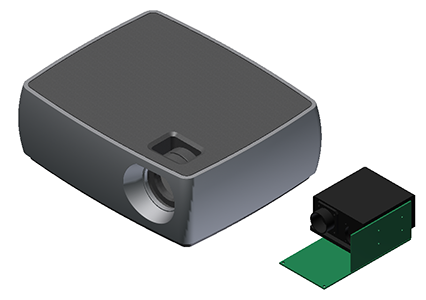Main Menu (Mobile)- Block
- Overview
-
Support Teams
- Overview
- Anatomy and Histology
- Cryo-Electron Microscopy
- Electron Microscopy
- Flow Cytometry
- Gene Targeting and Transgenics
- High Performance Computing
- Immortalized Cell Line Culture
- Integrative Imaging
- Invertebrate Shared Resource
- Janelia Experimental Technology
- Mass Spectrometry
- Media Prep
- Molecular Genomics
- Primary & iPS Cell Culture
- Project Pipeline Support
- Project Technical Resources
- Quantitative Genomics
- Scientific Computing
- Viral Tools
- Vivarium
- Open Science
- You + Janelia
- About Us
Main Menu - Block
- Overview
- Anatomy and Histology
- Cryo-Electron Microscopy
- Electron Microscopy
- Flow Cytometry
- Gene Targeting and Transgenics
- High Performance Computing
- Immortalized Cell Line Culture
- Integrative Imaging
- Invertebrate Shared Resource
- Janelia Experimental Technology
- Mass Spectrometry
- Media Prep
- Molecular Genomics
- Primary & iPS Cell Culture
- Project Pipeline Support
- Project Technical Resources
- Quantitative Genomics
- Scientific Computing
- Viral Tools
- Vivarium
Projector for Visual Stimulation
Improved visual stimulator for neurophysiology experiments
Projectors are the most popular visual stimulation devices for visual neurophysiology experiments. Projectors can be designed with novel display solutions for rendering high temporal and spatial resolution images for vision research. Previously, researchers at HHMI’s Janelia Research Campus developed a visual stimulator system consisting of three DepthQ WXGA-360 projectors. Although the system has been effective in several neurophysiology research laboratories, an improved system based on the CEL5500 light engine (from Digital Light Innovations) has been designed and fabricated.
The design replaces the DepthQ WXGA-360 projector with an OEM light engine (CEL5500 from Digital Light Innovations). The CEL5500 light engine is a much smaller projection system when compared to the obsolete DepthQ WXGA-360 projector. In addition, the compact design of the CEL5500 provides researchers with an option for rig designs in neurophysiology laboratories. Like the DepthQ WXGA-360 projector, the CEL5500 projector is based on a 0.55” digital micrometer device (DMD) chip.
Unlike the DepthQ WXGA-360 projector, which needs to be modified to connect with an external light source, the CEL5500 has a commercial adapter for a liquid light guide. The visual stimulator projector can be configured with off-the-shelf optics that users can install directly on the CEL5500 objective. In addition to the system's video input, the CEL5500 can be controlled from a computer via a USB port with free control software and an application program interface (API) available. A custom field-programmable gate array-based interface board has also been developed to enable the user to update images at 1000 frames per second or higher.
Advantages:
- Compact design with a reduction in bulkiness compared to competitive systems
- The optical design has 0% offset, which makes coupling to external optics easier
- Users can install additional off-the-shelf optics directly into the system
- Users can also control the system from a computer via a USB port
Applications:
- The device enables improved visual stimulation for neurophysiology experiments.
Opportunity:
Free to make for Non-Profit Research by downloading designs at Flintbox link at the right.
Rights and designs available for Commercial License.
For inquiries, please reference:
Janelia 2015-013

